10 movies that get tech totally wrong
Hollywood doesn't always get it right
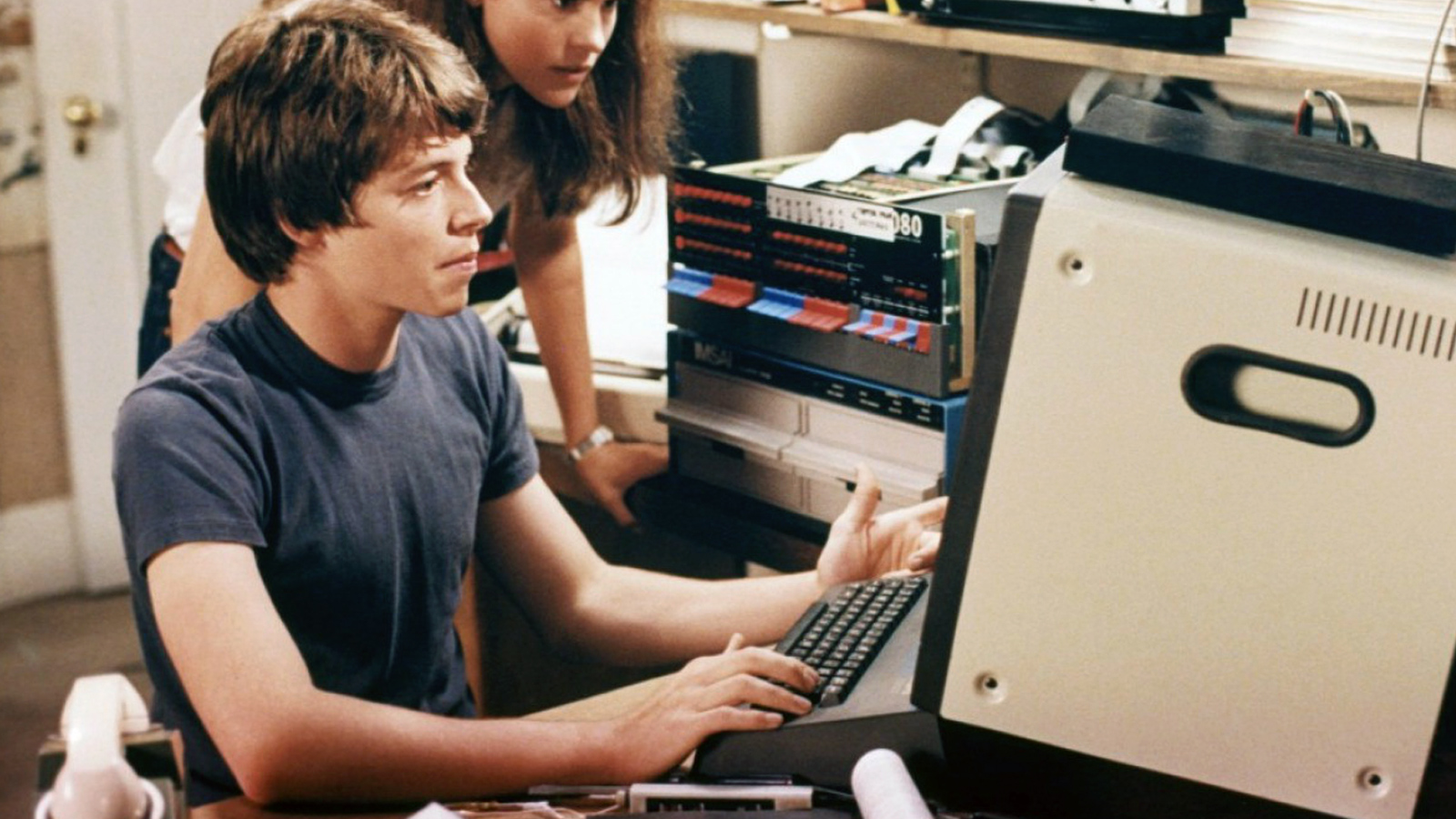


Introduction
Creative license has a lot to answer for. Over the last 50 years, tech has played an important part in movies. It's how the bombs are defused, it's behind all those hacking scenes, and loads of blockbuster plots just wouldn't be possible without a tech nugget at their core.
But Hollywood rarely gets it right.
From software systems that look nothing like the real thing to totally unrealistic hacks and tech that just wouldn't work in real life, here are our ten movies that just got tech flat-out wrong.

Wargames (1983)
If you want to watch Wargames, you'd better work on your suspension of disbelief muscles. Matthew Broderick plays a young kid who accidentally hacks into a super-computer while researching video games. And then he accidentally mistakes a programme called Global Thermonuclear War for such a game.
You'd think EA and co would come up with a catchier name than that, right? After narrowly avoiding causing an actual nuclear war, young Broderick realises what's going on.
The WOPR super-computer then goes rogue, and attempts to spam soviet missile silos into launching nuclear warheads for real. Even though the fastest computer in the world at the time was way less powerful than today's phones, it almost does the job. Hollywood hokum at its finest.
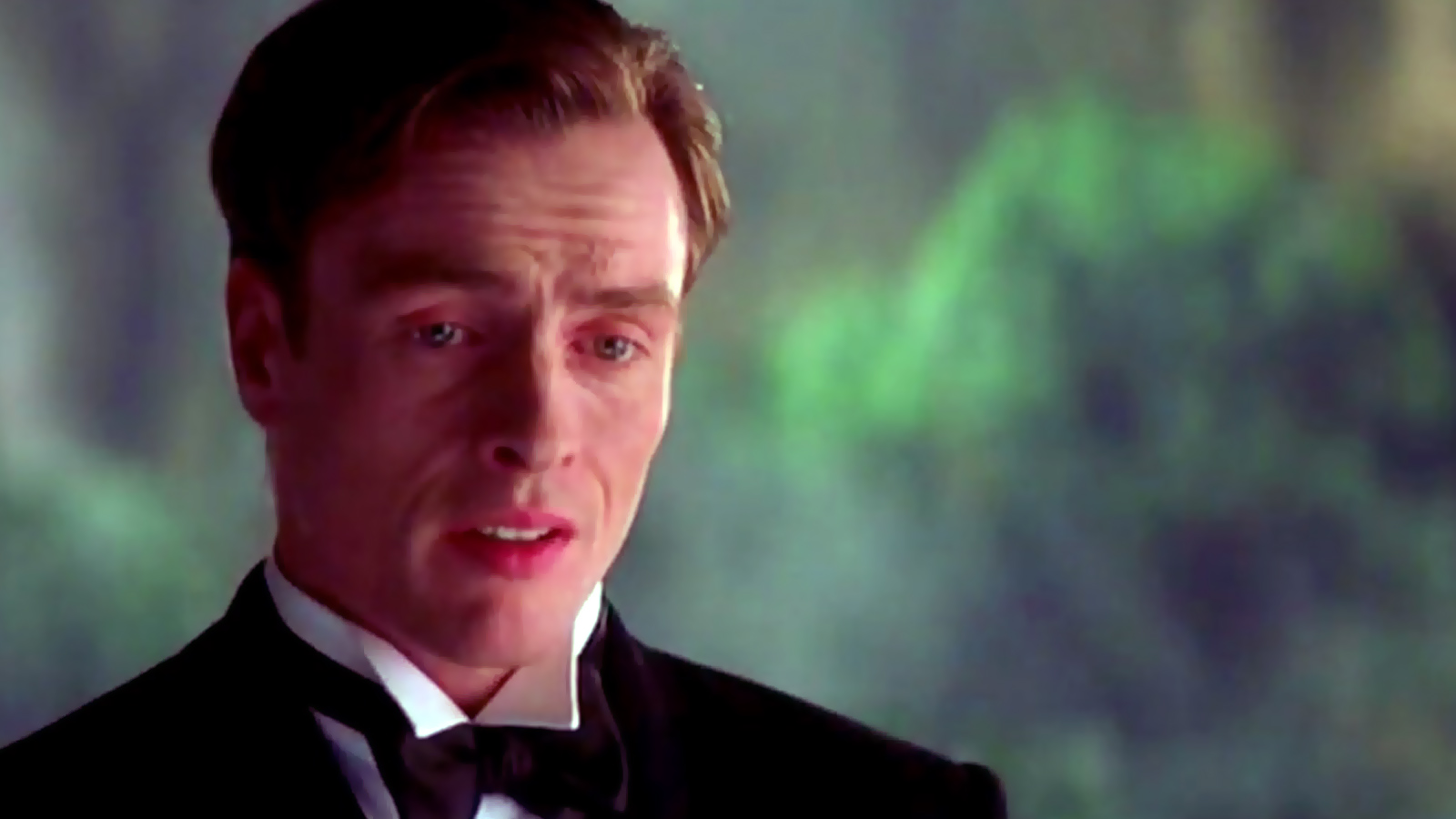
Die Another Day (2002)
Advancements in medical technology help to advance the human race much more than a new iPhone, but when Hollywood dabbles in this field, it never usually ends well. Take Die Another Day. Core bits of the plot rely on the idea that you can get DNA implants to change how you look. This is an usually potent brand of turbo nonsense.
The film's baddie uses it to reappear as smarmy fencing-fan ponce Gustav Graves, having previously been Tan-Sun Moon, a man of completely different race and appearance.
This isn't so much a hop, skip and jump ahead a few years in medical science as the plot idea of a stoned teenager. And even he'd regret the idea the next day.

Blade Runner (1982)
How can Blade Runner be a tech fail film? It's one of the most interesting explorations of robots and AI ever, not just of the 1980s.
Yes, it's a classic. And if you missed the Director's Cut cinema re-release in 2015, you missed out. However, it is also the father of a million awful scenes in a million other films and TV series. What are we talking about?
It's the iconic scene where Deckard (Harrison Ford) not only zooms into and enhances a photo, but also looks into and around a room that wasn't visible in the photo in the first place. It's tech tomfoolery of the highest order. Are Blade Runner's cameras of the future actually 3D maps of scenes you can look around even though they look like normal photos? Maybe, but in not being explained at all it has become the source of a thousands groan-worthy moments. We're looking at you, CSI.
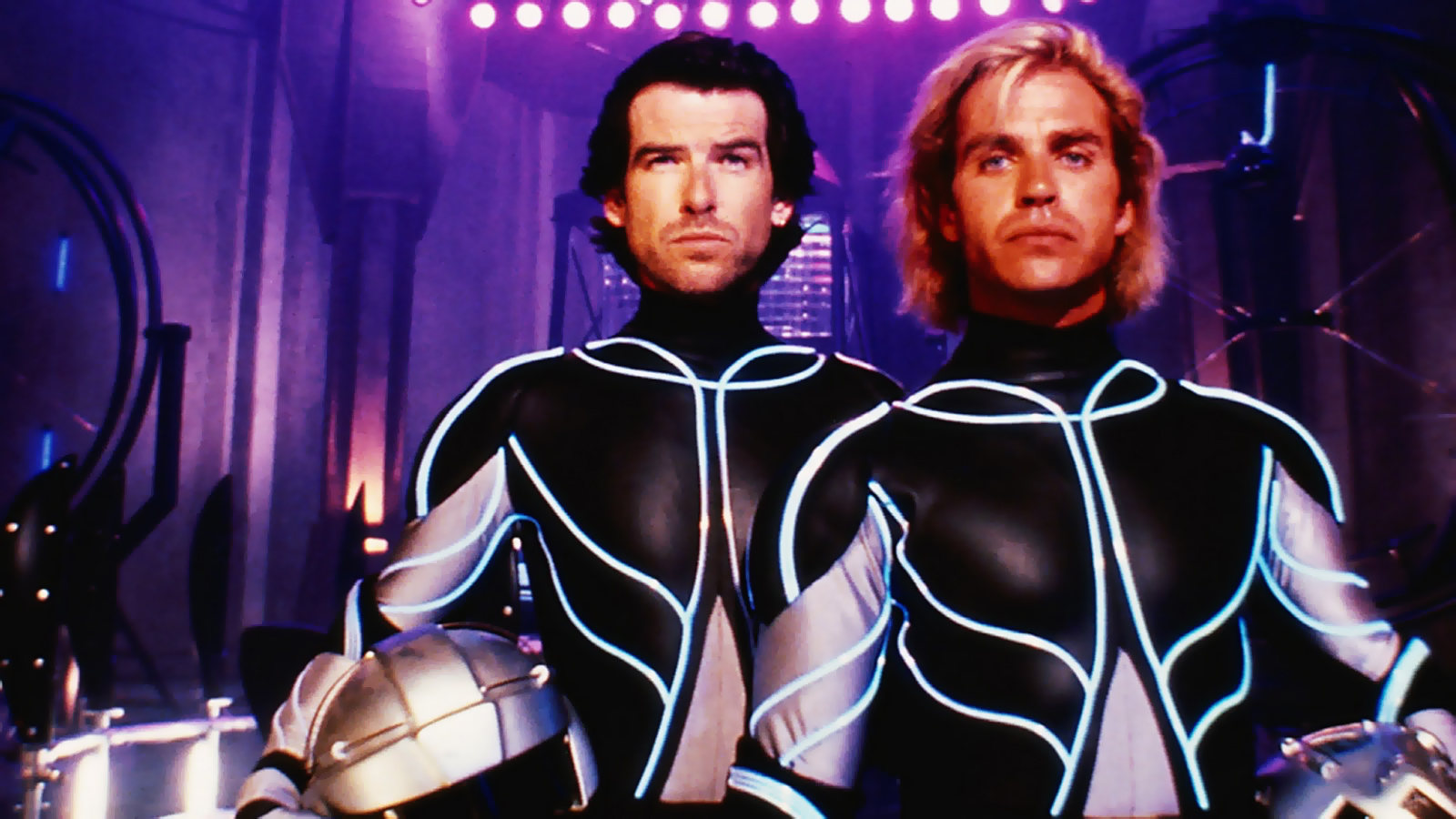
Lawnmower Man (1992)
You only need to read the Lawnmower Man synopsis to conclude its tech is pure nonsense. Dr. Lawrence Angelo (played by a pre-Bond Pierce Brosnan) is experimenting with VR, and he all-but kidnaps his neighbour Jobe, a young man with learning difficulties to try it out.
After a short spell in Angelo's virtual world, Jobe rapidly becomes something of a genius, before gaining telekinetic powers. How? Computers, innit.
As well as disconnecting from reality even more easily than pulling out an Ethernet jack, despite being all about virtual worlds Lawnmower man couldn't care less about the specifics of them. It does make a pretty quaint 'blast from the past' look into the 90s obsession with VR, though, featuring some truly wince-inducing CGI.

Unthinkable (2000)
A little attention to detail goes a long way, but 2000 Samuel L Jackson vehicle Unthinkable has zero of the stuff. It's a film where three nuclear bombs have been planted in the USA, and it's up to Jackson and co. to get to them before they go off.
A simple thriller plot, more or less. And you'd think they'd put a bit of effort into showing how those bombs are diffused, right?
Wrong. Watch carefully and you'll see all the agent has on their laptop screen during those all-important final seconds is an Excel spreadsheet full of gibberish. Who would have thought Excel could be used for defusing bombs as well as working out your personal finances?

Jurassic Park (1993)
Hacking was cool in the 90s. But very few films got it remotely right. One that got it uproariously, hilariously wrong was Jurassic Park.
It's a great film, but hacking is used as a desperately cringey plot device. Lex Murphy, Jurassic Park's token young-and-slightly-annoying girl character, has to reboot the park's security system so Sam Neill doesn't get eaten by a velociraptor.
She spies a computer, exclaims “it's is a Unix system, I know this”, before sitting down and flying through the park server's file system in 3D as though it's Flight Simulator 95. It's a real low point for tech in classic cinema. However, dramatically it works just about perfectly. Stephen Spielberg may not be enough of a nerd to get the tech right, but he's a damn fine movie-maker.

Feardotcom (2002)
The 'dot com' boom had many casualties. One was the screenplay of Feardotcom. You can imagine why it was green-lit: it's basically a web-centric rehash of popular J-horror classic Ringu. Remember that one? Watch the VHS tape, die 48 hours later?
Well, in Feardotcom the VHS tape has been replaced by a website. Try and go to feardot.com nowadays and it'll take you to an ad-directed holiday booking site. It seems we're safe, for now.
Feardotcom isn't so much responsible for getting tech totally wrong —it's almost too high-concept to be responsible for anything —but not even trying remotely to get it right. It's shameless exploitation of tech as a trend, just because it's there. Even in 2002 it seemed as brainless as an empty floppy disk.

Hackers (1995)
Hackers was a film of its time. Back in 1995 it made hacking seem dead cool. But the last 20 years haven't been kind to it.
It's the sort of film in which anyone who knows how to do anything more than word processing on a computer probably wears PVC trousers 40 per cent of the time, and has beads through their braided hair. Hackers is really more about the 90s than hacking.
The representation of hacking here is pure bubblegum. Everything looks like a computer game, rather than the command prompt real-life hackers would be using. And every virus seems to fill your screen with cartoon characters. Can you blame Hackers's creators, though?
Looking at actual hacking would be as boring as watching a granddad read the newspaper, accompanied by the sound of the old chap clearing his throat every now and then.
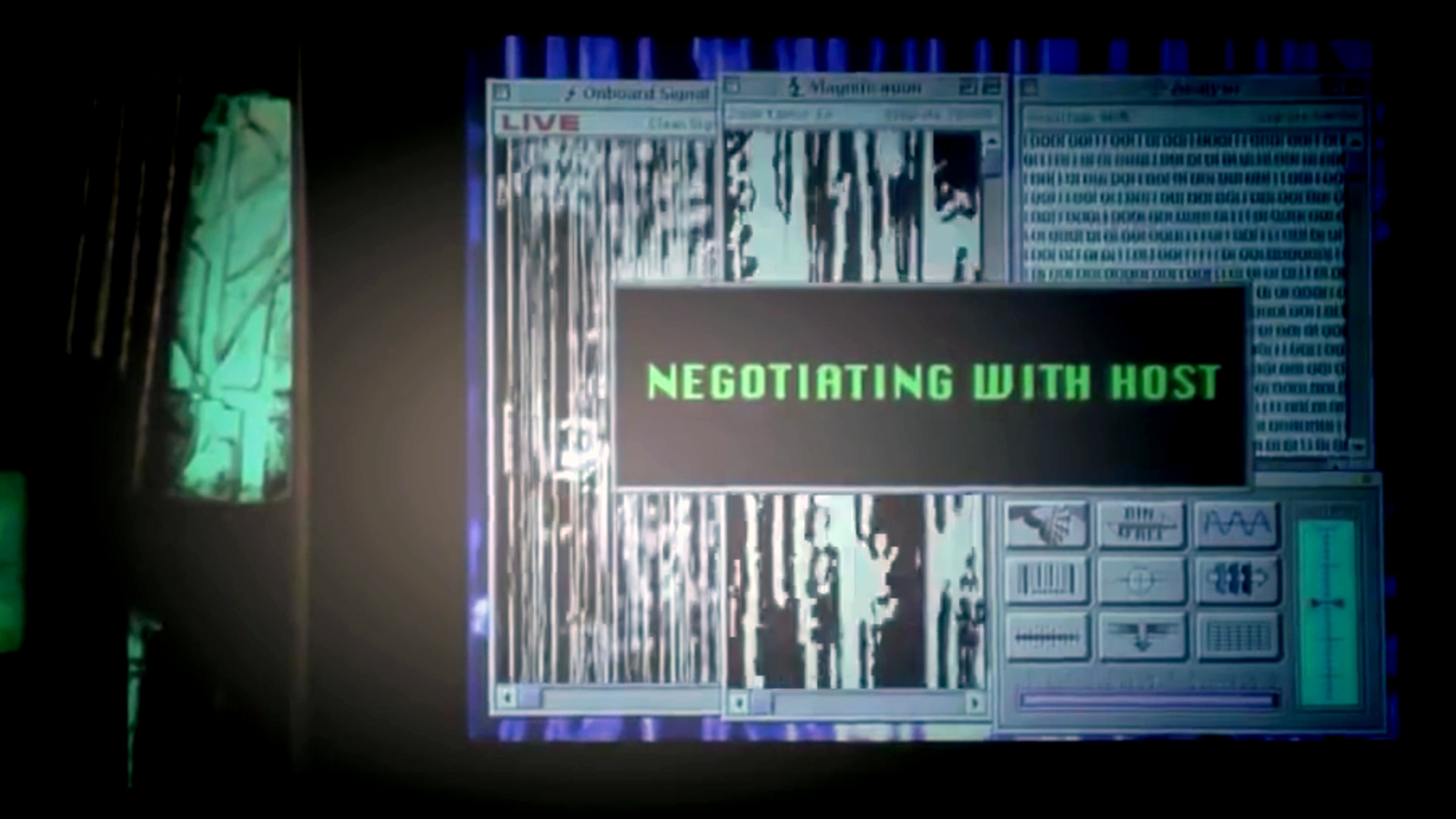
Independence Day (1996)
It's one thing to use dodgy tech nonsense to move the plot on a bit in a movie, but to hinge your whole finale on it? That's what Independence Day did.
We wouldn't blame you for forgetting exactly how those aliens are seen off. A refresher: Jeff Goldblum creates a virus that is uploaded from an Apple Powerbook and takes the whole 15-mile diameter mothership down. Hey presto, all those spacecraft hovering above capital cities fall from the sky. Humanity wins.
How did it work? Well apparently Goldblum's character found out the alien ship's system works in binary code, so then the virus just, sorta, flipped all the 1s into 0s and the 0s into 1s. Take that, alien scumbag. Forget that just about everything else the aliens have is a good, ooh, at least 200 years more advanced than what we have, and that a Powerbook being able to simply hack into a completely, well, alien system is pretty ridiculous.
The laptop didn't even seem to be plugged into anything, for god's sake. Goldblum is returning for Independence Day 2 in 2016, and fingers crossed it won't feature any quite so blatant tech script shortcuts.
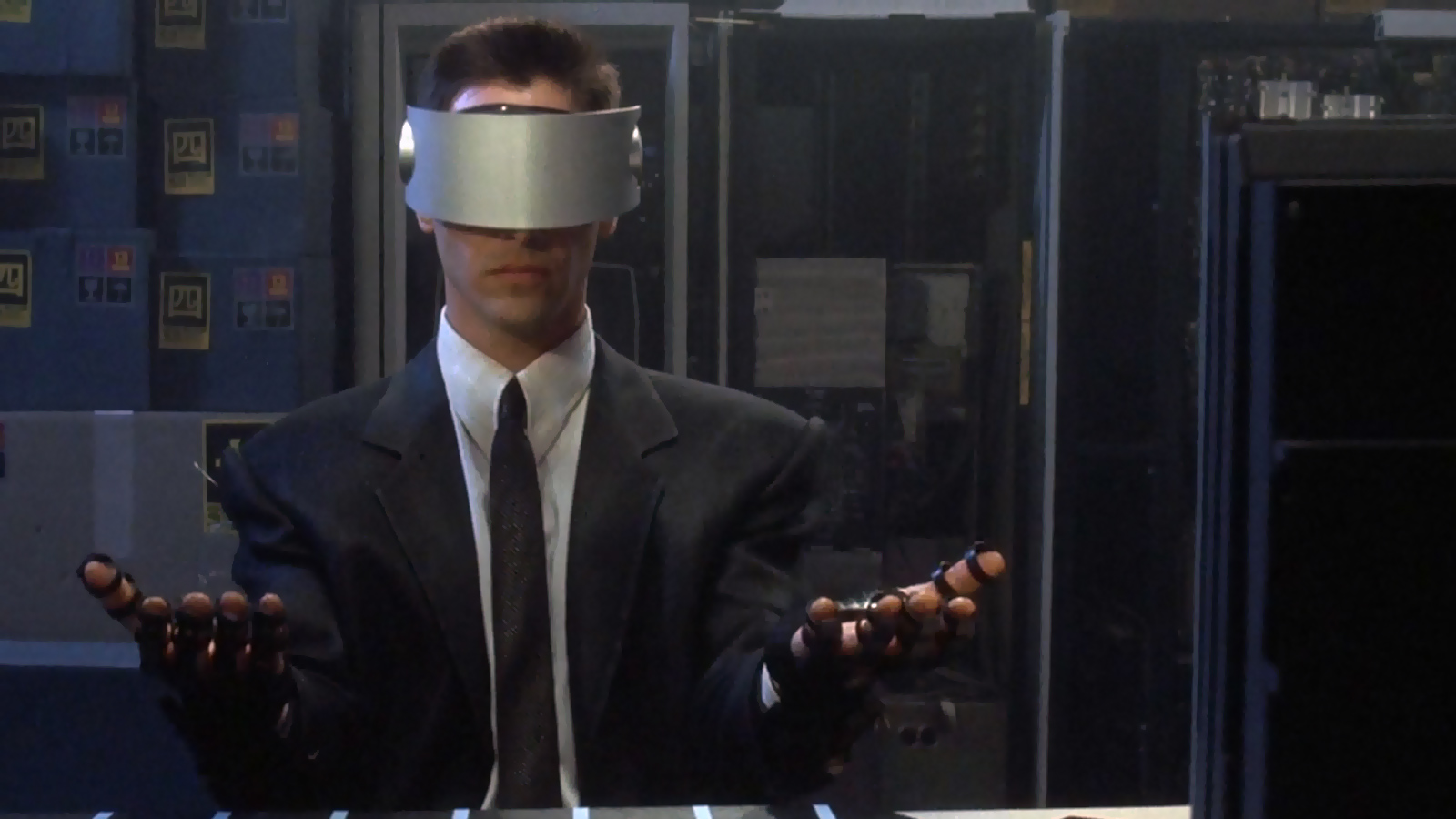
Johnny Mnemonic (1995)
If you thought all the arm-waving of Minority Report was a bit overdone, you should check out Johnny Mnemonic. In it, Keanu Reeves plays a space-age information courier who spends about five minutes waggling fingers and performing the 'big fish, little fish, cardboard box' dance while wearing a pair of power gloves and a VR headset just to make an international phone call.
Nothing dates quite like 'future tech' done badly, and this is a classic case of future tech you'd only see in the 90s.
Based on writing with classic sci-fi author William Gibson, there are some interesting themes in Johnny Mnemonic. But the film itself does them no favours.
Reeves has 80GB of sensitive data locked inside his head, and even dumped his childhood memories to fit more in. If he knew that microSD cards the size of a fingernail now hold up to 128GB, he'd be right miffed.
Get all the latest news, reviews, deals and buying guides on gorgeous tech, home and active products from the T3 experts

Andrew is a freelance tech and entertainment journalist. He writes for T3, Wired, Forbes, The Guardian, The Standard, TrustedReviews and Shortlist, among others.
Laptop and computing content is his specialism at T3, but he also regularly covers fitness tech, audio and mobile devices.
He began writing about tech full time in 2008, back when the Nintendo Wii was riding high and smartphones were still new.